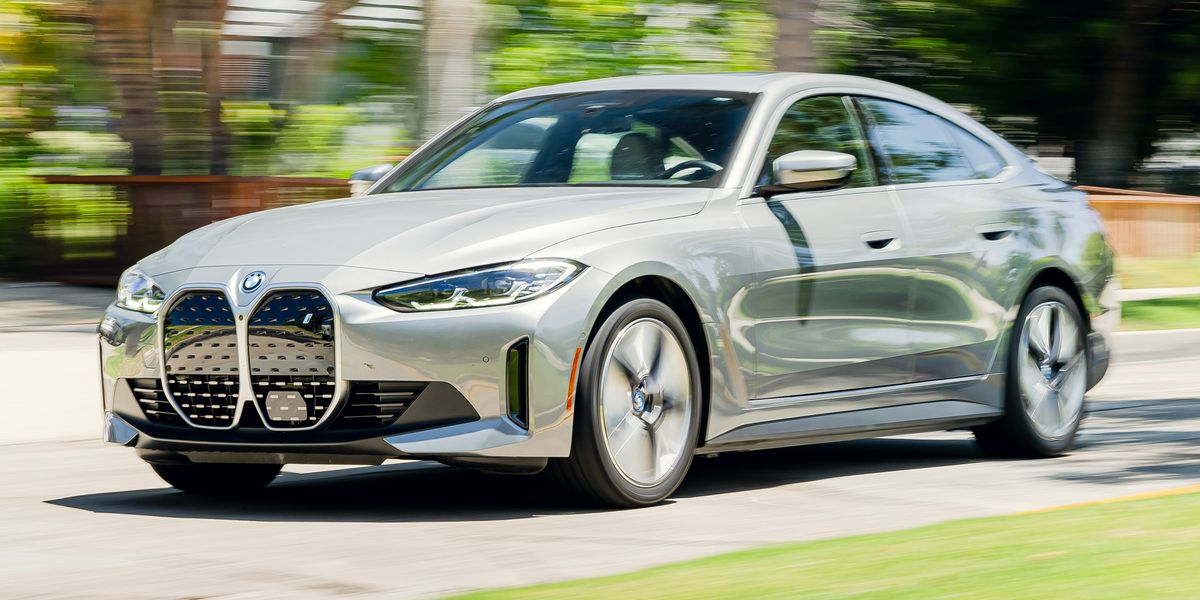Old thread, but anyway:
The 210 km/h (130 mph) limit has been in place for a long time. My old 1999 ICE tops out at 250 km/h, the US version was limited to 210 (which limited its resale value here).
The domestic version is limited to 190/225 which is 16500 RPM for the two different engines with their respective transmission ratios. These cars seem to be rev limited.
I had doubts about the low top speed, and indeed I used to say I will not buy a vehicle that does not reach 250.
But opportunities to safely drive 250 are rare these days, and the battery capacity is just not sufficient for high speed.
An interesting question is if the sustained output (105 kW for the idrive40, 125 for the M50) corresponds to the top speed.
Our registration papers have sustained engine output & top speed, and I can remember enough models to have a feeling about what engine output should allow what speed. An 1990s Audi 80 with 90 PS will reach 177, the 100 TDI with 115 PS tops out at 195, a 2010 C class Diesel with 100 kW/136 PS does 218 km/h. My A8 D2 with 260 PS reaches 252 km/h. Those are models I or my parents have owned and driven at top speed.
125 kW should be more good enough to hold more than 240 km/h, but modern vehicles often require a lot more power than the "classic" models above. They are heavier, and most of them simply are higher and more bulky. 250 km/h requires as much as 400 hp for an SUV (a european one, not your trucks).
Once I get my M50 and figured out what I need to get its OBD data, I'll see what its output is at 225 km/h - I expect something between the 100 kW of the C Class and the M50's 125 kW. The car is a lot heavier and while it's not a wall closet on wheels like many modern cars, it's still less sleek.
Anyway, the lower US limit does not have technical reasons.







